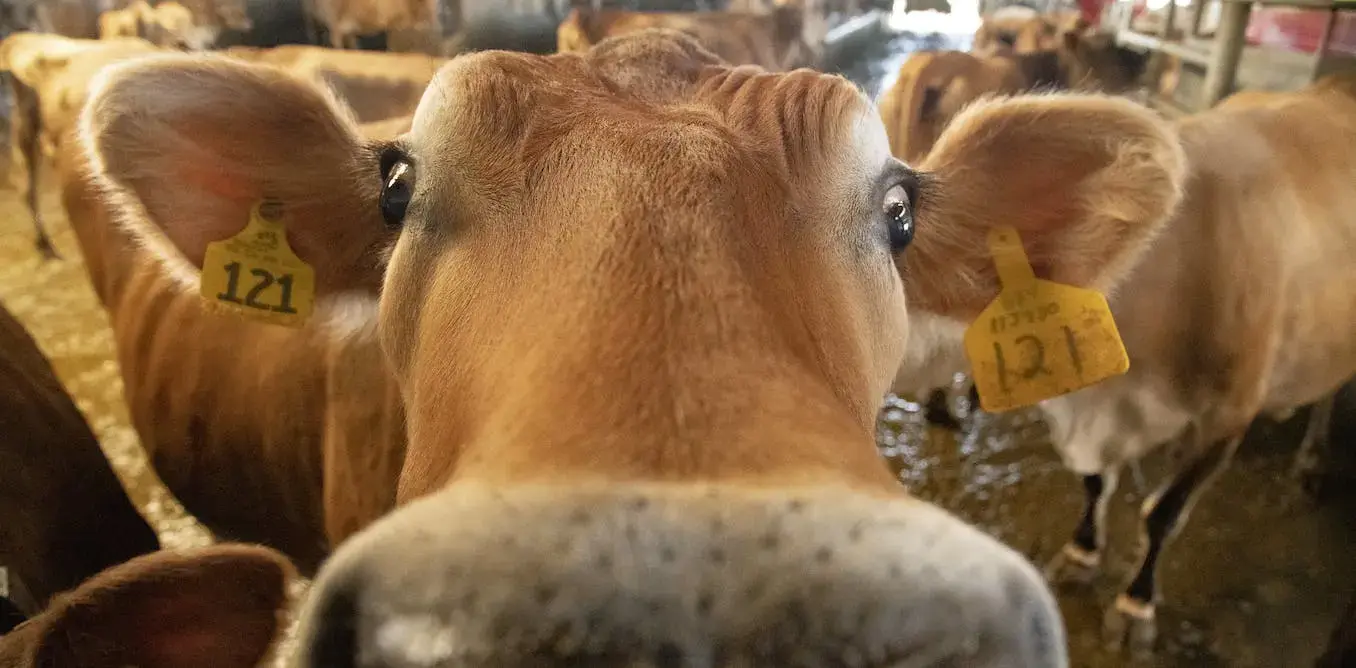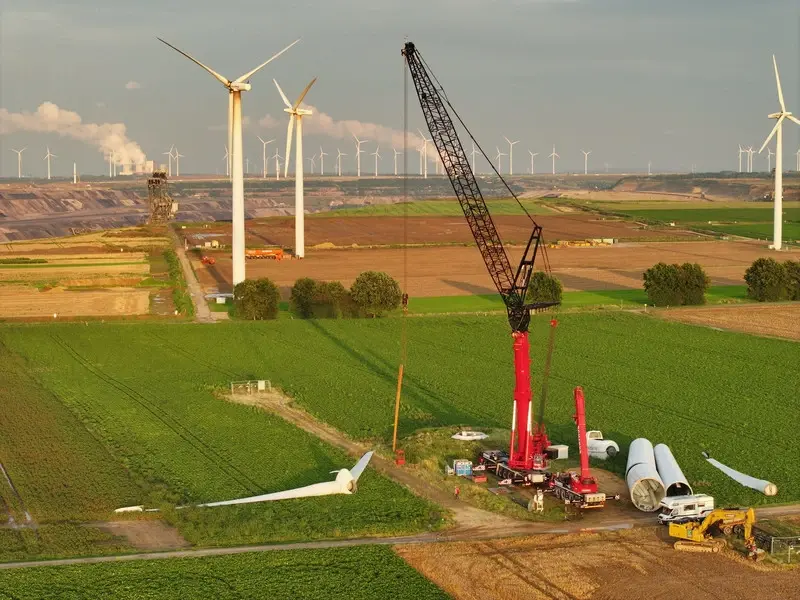

Trucks and trains serve different purposes. If you want to get a mountain of stuff from the shipyard to distribution centers, trains are a great way to do that. If you want to get stuff from the distribution center to individual stores within a 200-mile radius, now you’re talking trucks, and a lot of their destinations will be much closer than 200 miles, meaning even plug-in hybrid trucks would often be able to make trips without using any fuel.





Yeah, we only have to look at the FTC’s lawsuit against Amazon to see what they consider an antitrust problem:
That isn’t what we see from Valve - in fact it’s the opposite, as Valve’s strategy with Steam is simply to provide the best service and be the gold standard. The competition is almost always compared unfavorably to Steam, because gamers know how it feels to use a mature platform that isn’t trying to abuse them.
Valve has even taken some steps that wind up increasing competition in adjacent markets, such as operating systems (Proton has contributed significantly to Linux popularity) and even handheld game devices (Steam Deck set off an arms race when electronics manufacturers realized Nintendo is asleep at the wheel). Steam is as pro-consumer as it gets, with the exception of GOG and possibly itch.